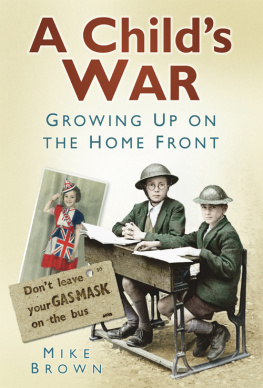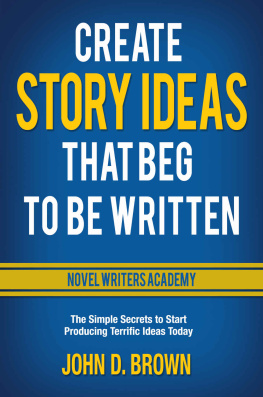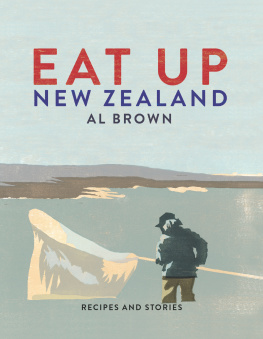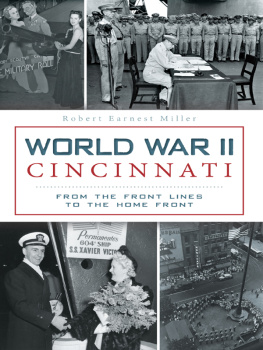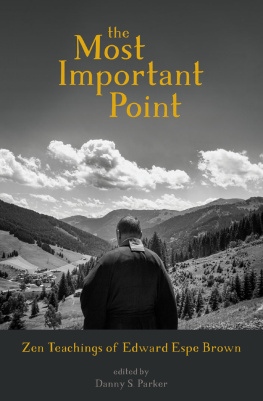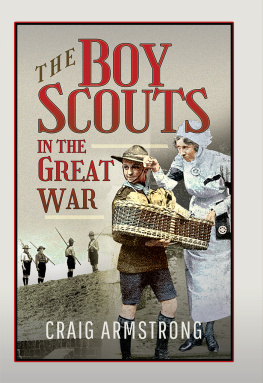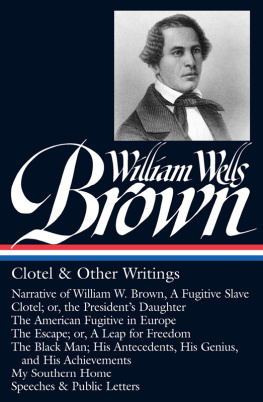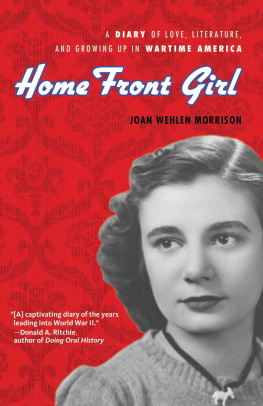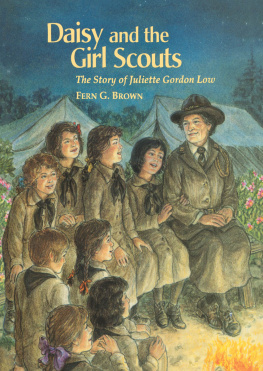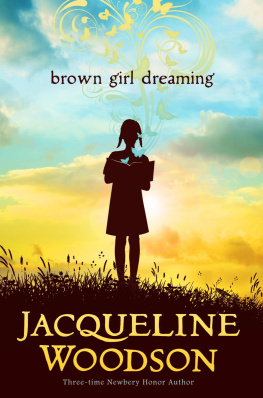Brown - A Childs War Growing up on the Home Front
Here you can read online Brown - A Childs War Growing up on the Home Front full text of the book (entire story) in english for free. Download pdf and epub, get meaning, cover and reviews about this ebook. year: 2010, publisher: The History Press, genre: Non-fiction. Description of the work, (preface) as well as reviews are available. Best literature library LitArk.com created for fans of good reading and offers a wide selection of genres:
Romance novel
Science fiction
Adventure
Detective
Science
History
Home and family
Prose
Art
Politics
Computer
Non-fiction
Religion
Business
Children
Humor
Choose a favorite category and find really read worthwhile books. Enjoy immersion in the world of imagination, feel the emotions of the characters or learn something new for yourself, make an fascinating discovery.
- Book:A Childs War Growing up on the Home Front
- Author:
- Publisher:The History Press
- Genre:
- Year:2010
- Rating:3 / 5
- Favourites:Add to favourites
- Your mark:
- 60
- 1
- 2
- 3
- 4
- 5
A Childs War Growing up on the Home Front: summary, description and annotation
We offer to read an annotation, description, summary or preface (depends on what the author of the book "A Childs War Growing up on the Home Front" wrote himself). If you haven't found the necessary information about the book — write in the comments, we will try to find it.
Brown: author's other books
Who wrote A Childs War Growing up on the Home Front? Find out the surname, the name of the author of the book and a list of all author's works by series.
A Childs War Growing up on the Home Front — read online for free the complete book (whole text) full work
Below is the text of the book, divided by pages. System saving the place of the last page read, allows you to conveniently read the book "A Childs War Growing up on the Home Front" online for free, without having to search again every time where you left off. Put a bookmark, and you can go to the page where you finished reading at any time.
Font size:
Interval:
Bookmark:

WAR
GROWING UP ON
THE HOME FRONT
MIKE
BROWN

Dedicated to my father, who
taught me to love history
First published in 2000
This edition published in 2010
The History Press
The Mill, Brimscombe Port
Stroud, Gloucestershire, GL5 2QG
www.thehistorypress.co.uk
This ebook edition first published in 2011
All rights reserved
Mike Brown, 2000, 2010, 2011
The right of Mike Brown, to be identified as the Author of this work has been asserted in accordance with the Copyrights, Designs and Patents Act 1988.
This ebook is copyright material and must not be copied, reproduced, transferred, distributed, leased, licensed or publicly performed or used in any way except as specifically permitted in writing by the publishers, as allowed under the terms and conditions under which it was purchased or as strictly permitted by applicable copyright law. Any unauthorised distribution or use of this text may be a direct infringement of the authors and publishers rights, and those responsible may be liable in law accordingly.
EPUB ISBN 978 0 7524 7590 5
MOBI ISBN 978 0 7524 7589 9
Original typesetting by The History Press
I would like to take this opportunity to thank the following people who so kindly shared their memories with me: Mike Bree, Elizabeth Brown, Christine Castro (ne Pilgrim), Eric Chisnall, Roy Coles, Margaret Cook (ne Ladd), Michael Corrigan, Barbara Daltrey, Derek Dimond, June Edwards (ne Fidler), Gwendolen Fox, David George, Charles Harris, Sylvie Harris (ne Stevenson), Vivien Higgins (ne Hatton), R.J. Holley, Ken Kessie, Barbara Ladd (ne Courtney), Kitty Lawrence (ne Pledger), Carol Mead (ne Smith), John Merritt, Margery Neave, George Parks, D.J. Ryall, Geoff Shute, Iris Smith, Joyce Somerville, Margaret Woodrow. I am grateful to Lewisham Local Studies Centre for allowing me to reproduce extracts from Alan Miless letters.
My thanks also go to the following who allowed me to use illustrations:
Sylvie Harris (ne Stevenson)
Kent Messenger Group Newspapers
Kitty Lawrence (ne Pledger)
Lewisham Local Studies Centre
Ewa Lind
The Scout
Beano (D.C. Thompson & Co. Ltd)
British Red Cross
Express Newspaper Group Ltd
HMSO
Macmillans Ltd
Radio Times
RSPCA
When the Second World War broke out in September 1939, it came as no surprise to the children of Germany; the Nazis had been preparing them for war through semi-military training in the Hitler Youth and the League of German Maidens, almost since they had taken control of the country back in 1933. To British children it was an altogether different matter true, the situation in Europe had been looking threatening for some time, but British children then were no more interested in the news than their descendants are today.
Everyone was affected by the war: men, women, and children. Although some people were far safer than others, no one could claim complete safety from the bombing raids or, later, the V1 flying bombs and the V2 rockets. On a more day-to-day level, everyone was affected by rationing, the black-out, shortages and the thousand and one small changes that the war brought with it.
This book seeks to look at those changes through the eyes of the children of the war, concentrating on those aspects of the home front that most concerned or interested them. It focuses on the war through eye-witness accounts by people who were children then, supported by photographs and artefacts. In addition there are activities from the period, such as recipes, things to make, and quizzes.
I hope the book will help those born after the war to understand what it was like for the children of the time, and bring back some fond memories to those who lived through it.
The Second World War did not just suddenly happen. In Germany Adolf Hitler and his National Socialist German Workerss Party (the Nazis) had been voted into power in 1933, and soon set about getting back the parts of Germany that had been taken away by the Treaty of Versailles (191920), which ended the First World War or the Great War, as it was then called. At first people in Britain were not too worried; many said that the Germans had been badly treated following their defeat and were only taking back what belonged to them; some even said that Hitler was a strong and gifted leader and that we might do well to copy him.
In March 1936 Hitler took back the Rhineland. Four months later, when civil war broke out in Spain between supporters of the left-wing Republican government and the right-wing Nationalists in July 1936, he and his ally, Italys dictator Benito Mussolini, sent volunteer troops and aircraft to support the Nationalist forces. The war became a testing ground for modern weapons and methods of warfare, including air raids against towns and cities, the most famous of which was by German aircraft on the town of Guernica in April 1937. Cinema newsreel pictures of the bombing were seen by thousands in Britain this was a time when most British families went to the cinema at least once a week.
Two years later, on 11 March 1938, German troops marched into Austria. But the real crunch came in September of that year. Hitler demanded a part of Czechoslovakia called the Sudetenland this had never been German territory, so the argument that he just wanted to get back the former bits of Germany could not apply to it. The Czechoslovakian government refused to give in, so did Hitler; Europe seemed to be heading for another war everyones worst nightmare. The British Prime Minister, Neville Chamberlain, met with Hitler, the French Prime Minister and Mussolini in Munich on 29 September and the Sudetenland was handed over. Chamberlain returned saying that he had achieved Peace for our time, but few believed it. Hitler claimed that the Sudetenland was his last territorial demand even fewer believed that.
The Munich Crisis, as it was called, had taken Britain to the brink of war. Trenches were dug in the parks, the emergency services were put on full alert, and plans were drawn up to evacuate all London schoolchildren on the last day of the month. Although the evacuation plan was called off, 4,000 children from nurseries and special schools were taken away to the country, a foretaste of what was to come.
More and more, people felt that war was on the way, a war that Britain was not ready for this was underlined when Hitler took over the rest of Czechoslovakia in March 1939. What Chamberlain had done was to buy time. In January 1939 the British Parliament had brought in the ARP (Air Raid Precautions) Act, which made local councils responsible for setting up safety measures such as the black-out, air-raid warnings and shelters to protect civilians. It also required them to get ARP services under way: air-raid wardens (to enforce the black-out), emergency casualty services and rescue squads. In March the Home Secretary made an appeal on the radio for one million ARP volunteers. Increasingly, throughout 1938 and into 1939, there were series of local ARP exercises where the new services put on public displays of fire-fighting and of dealing with air-raid victims.
In the late 1930s, through these and other preparations going on around them, the children of Britain became aware of the threat of war. In the 1920s and 1930s, most brands of cigarette contained a picture card in every packet. Each card was part of a set, usually of fifty, with different titles: Film Stars, Cars, Aeroplanes, Footballers, and so on. One of the most popular pastimes among children, especially boys, was collecting and swapping cigarette cards, which they would cadge from grown-up relatives or neighbours. In 1938 a new set was issued. Called ARP, it was issued throughout 1938 and 1939 by five different brands, including Wills Woodbines, Churchmans and Ogdens, and would have been collected by many thousands of children. It contained cards showing different aspects of Air Raid Precautions, such as building a gas-proof refuge room at home, or how to extinguish an incendiary bomb.
Font size:
Interval:
Bookmark:
Similar books «A Childs War Growing up on the Home Front»
Look at similar books to A Childs War Growing up on the Home Front. We have selected literature similar in name and meaning in the hope of providing readers with more options to find new, interesting, not yet read works.
Discussion, reviews of the book A Childs War Growing up on the Home Front and just readers' own opinions. Leave your comments, write what you think about the work, its meaning or the main characters. Specify what exactly you liked and what you didn't like, and why you think so.

